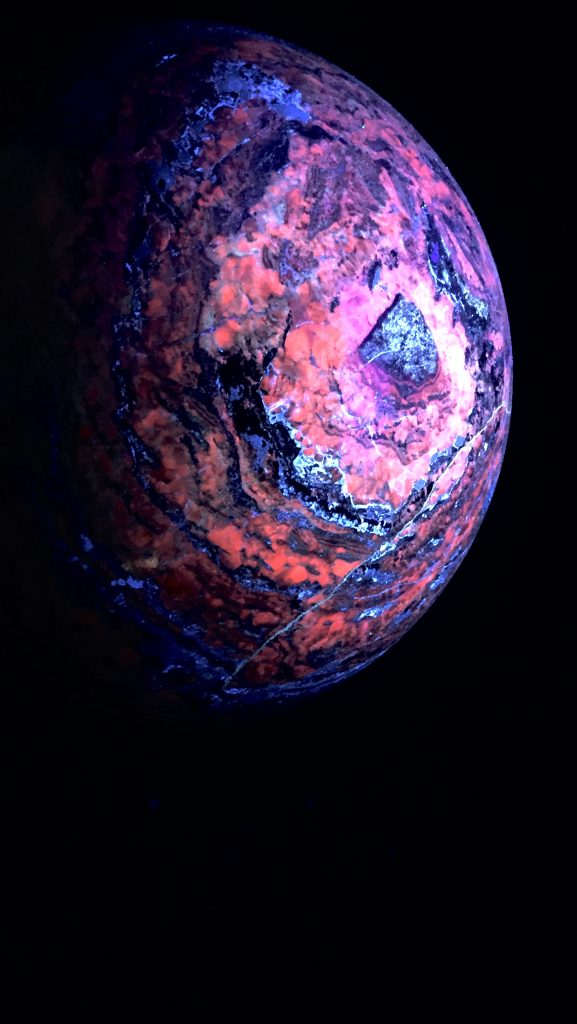
WOA: Metamorphia, Smallest Natural Satellite of Ced’a-meon


Ideas realized

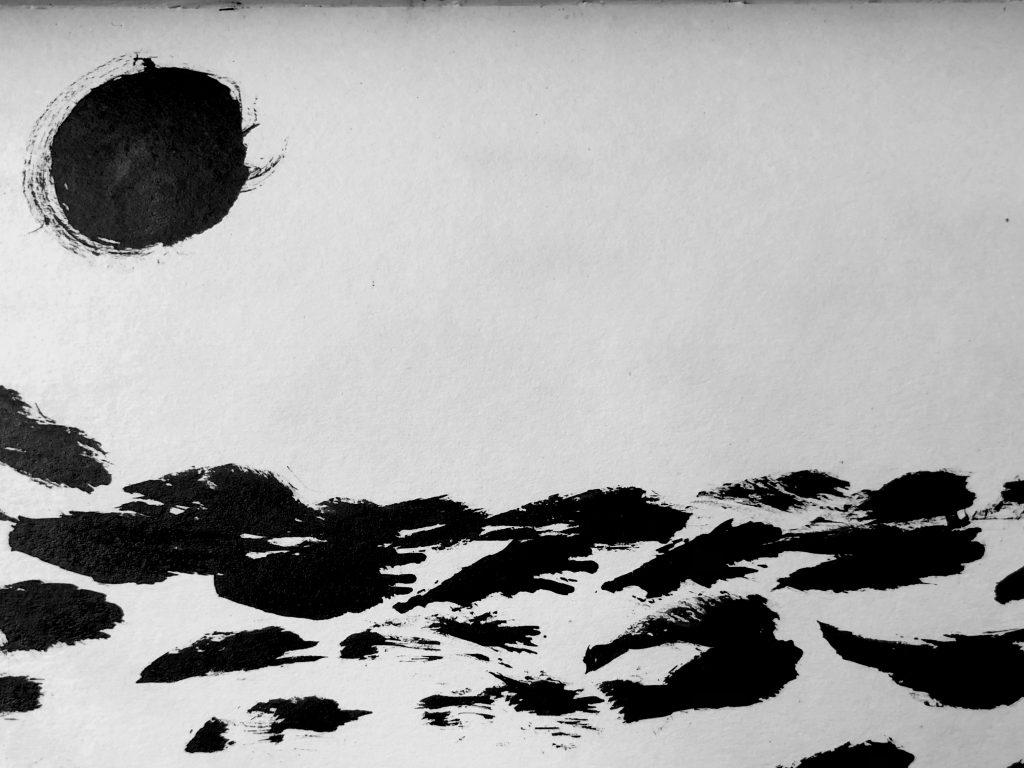
Finger swirl,
temporal whirl
around center
not really there,
atop a vast
placid ocean.
Dance done,
dissipation,
the aggregates
of self,
into time’s motion
and a spatial sea
sublime.
All conditioned things are impermanent, All conditioned things are unsatisfactory, All things are without Self… When one sees this with wisdom, One turns away from suffering. This is the path to purification.
Sabbe sankhārā anicca, Sabbe sankhārā dukkhā, Sabbe dhammā anattā… ti yadā paññāya passati, atha nibbinsati dukkhe; esa maggo visuddhiyā
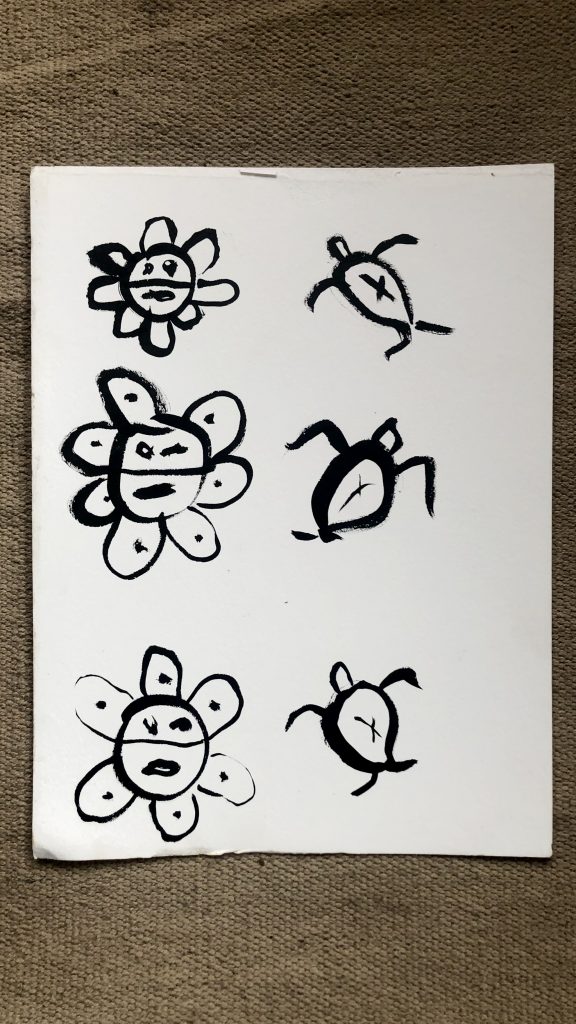
Source in Pali

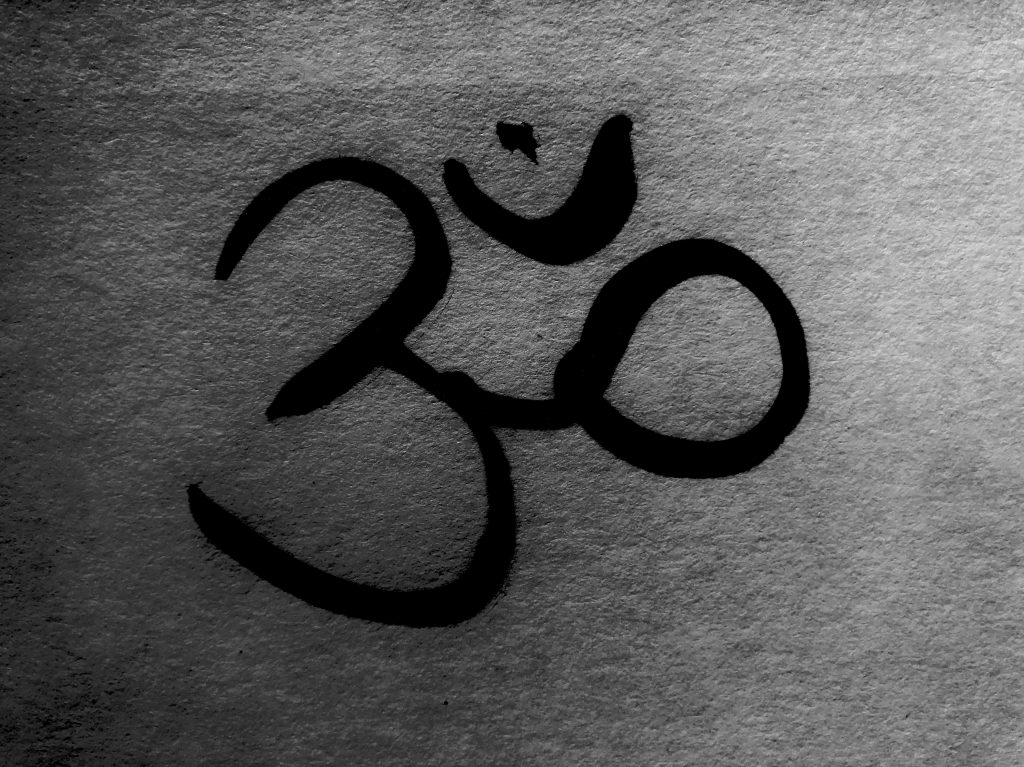
Māndūkya Upanisad OM shanti shanti shanti 1. This letter that is OM (AUM) is all this. Of this a clear exposition (is started with): All that is past, present, or future is verily OM. And whatever is beyond the three periods of time is also verily OM. 2. All is surely Brahman. This Self (atman) is Brahman. The Self, such as It is, is possessed of four quarters. 3. The first quarter is Vaiśvānara whose sphere of action/activity is the waking state, whose consciousness relates to things external, who is possessed of seven limbs and nineteen mouths, and who enjoys/experiences gross/material things. 4. Taijasa is the second quarter, whose sphere of action/activity is the dream state, whose consciousness is internal, who is possessed of seven limbs and nineteen mouths, and who enjoys/experiences gross/material things. 5. That state is deep sleep where the sleeper does not desire any enjoyable thing and does not see any dream. The third quarter is Prājña who has deep sleep as sphere, in whom everything becomes undifferentiated, who is a mass of mere consciousness, who abounds in bliss, who is surely an enjoyer of bliss, and who is the doorway to the experience ( of the dream and waking states). 6. This is the Lord of all, this is the knower of all, this is the inner controller of all; this is the source of all; this is verily the place of origin/beginning and dissolution/end of all beings. 7. They consider the Fourth to be that which is not conscious of the internal world, nor conscious of the external world, not conscious of both the worlds, nor a mass of consciousness, nor conscious, nor unconscious. Unseen, incapable of being spoken of, ungraspable, without any distinctive marks, unthinkable, unnameable, the essence of knowledge of the one self, that into which the world is resolved, the peaceful, the benign, the non-dual. That is the Self, and That is to be known. 8. That very Self, considered from the standpoint of the syllable is of the nature of the syllable OM. Considered from the standpoint of the letters (constituting OM), the quarters (of the Self) are the letters ( of OM/AUM) and the letters are the quarters. Namely the letter a, u and m. 9. Vaiśanara, having the waking state as sphere of activity, is the first letter a, because of (the similarity of) pervasiveness or being the first (Alpha). The one who knows thus, does verily attain all desirable things, and becomes the foremost. 10. Taijasa, with the state of dream as sphere (of activity ) is the second letter u (of OM/AUM); because of the similarity of excellence and intermediateness. One who knows thus increases the current of knowledge and becomes equal to all. None is born in their family who does not know Brahman. 11. Prãjña with sphere of activity in the sleep state is m, the third letter of OM/AUM, because of measuring or because of absorption. Anyone who knows this measures all this, and becomes the place of absorption. 12. The partless (without element) OM is Turīya- beyond all conventional dealings, the limit of the negation of the phenomenal world, the auspicious, and the non-dual. OM is thus the Self to be sure. One who knows this enters the Self through his self.
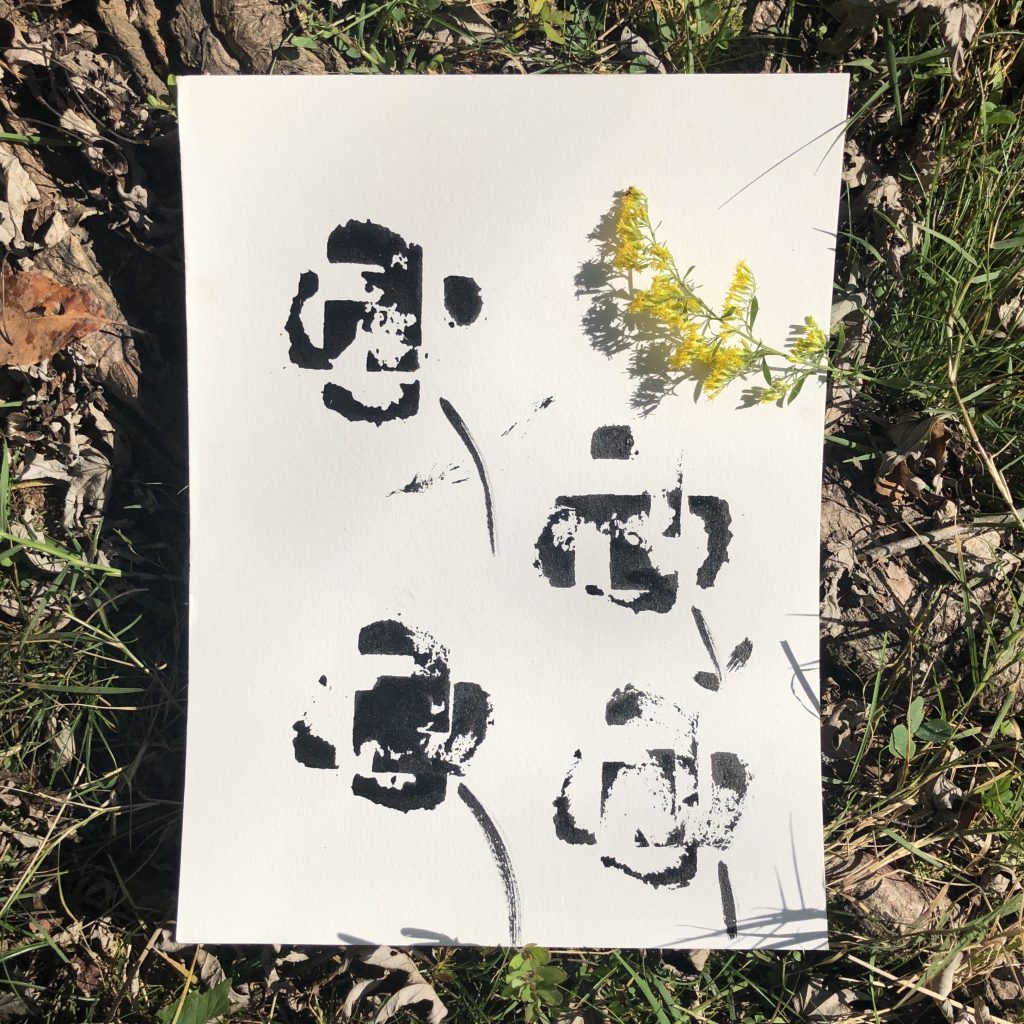
Cattāriariya-saccāni (The Four Noble Truths)
dukkha (truth of suffering)
tanhā (truth of attachment)
nirodha (truth of renunciation)
magga (truth of the path):
sammā-ditthi (right view)
sammā-sankappa (right intent)
sammā-vacca (right speech)
sammā-kammanta (right action)
sammā-ājīva (right livelihood)
sammā-vāyāma (right effort)
sammā-sati (right mindfulness)
sammā-samādhi (right concentration)
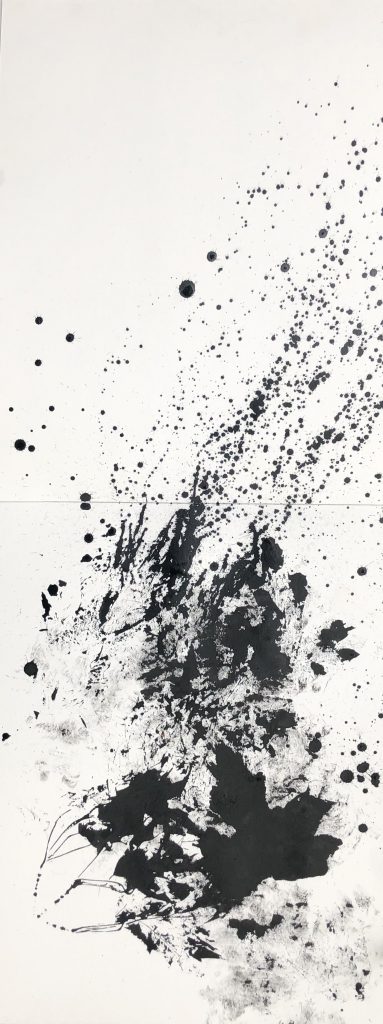

A tree line of pines encroaching shadowy line a sunset divine